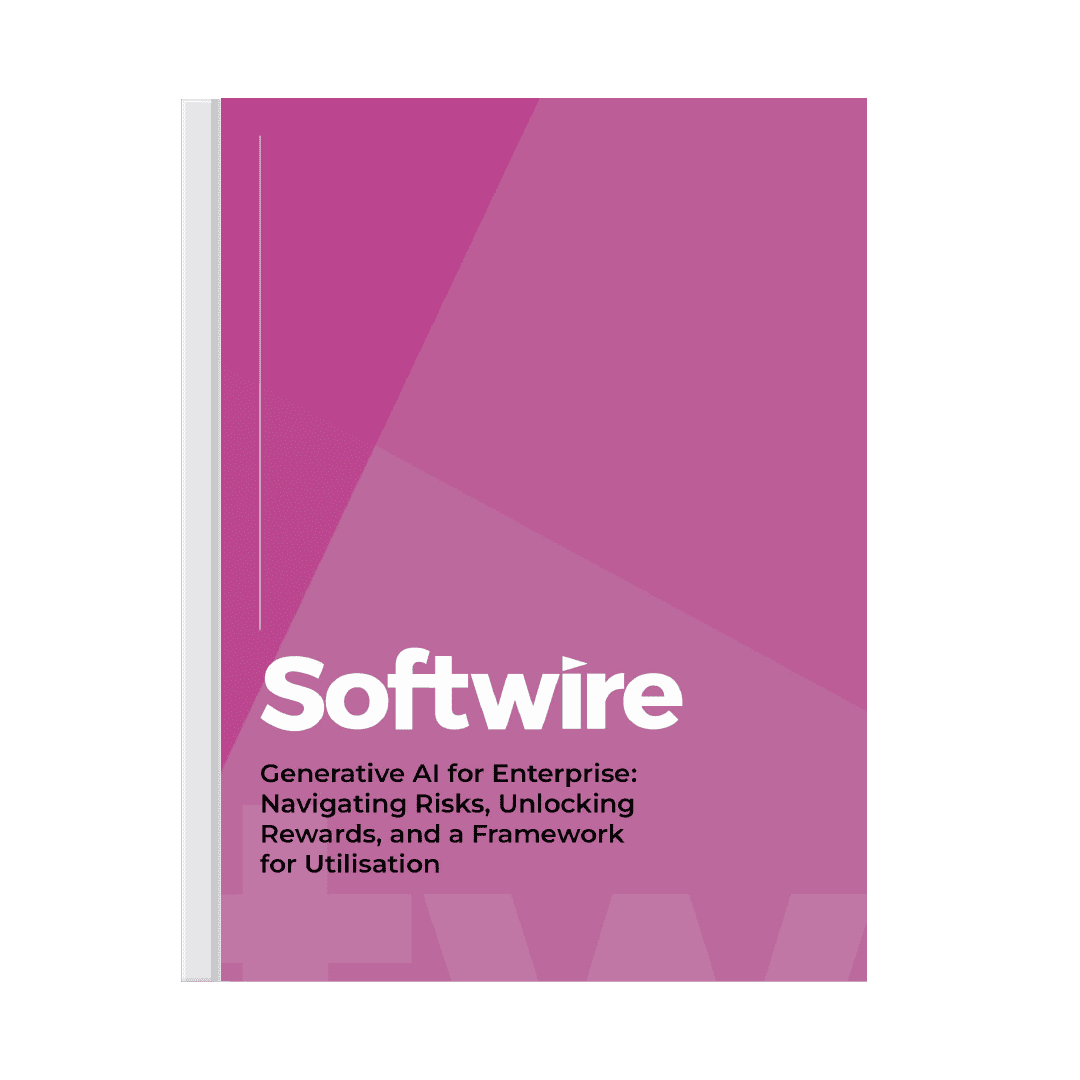
Strategic decisions taken by directors and C-suite need to be well-informed. From deciding whether to open a new store, invest in a product or service, enter a new market, or hire more people, it’s essential these decision-makers have meaningful insights available when they need them.
Most organisations will have some form of management information or analytics capabilities in place already. But is yours frustrating the people who are meant to use it? Is it giving them the insights they genuinely need, or are they constantly requesting bespoke reports from your data team, or building their own in spreadsheets?
With rising costs and a recession placing a huge squeeze on budgets in 2023, it’s more important than ever to ensure your senior decision-makers have the right information available to them. This is why now is the ideal time to optimise your management information and analytics capabilities.
Below, we set out four steps to do this.
1. Identify what insights would be beneficial, and why
In an ideal world, what information would your C-suite have at their fingertips, and in what form? This could be anything from business-level information, such as KPIs around your most important transactions, to granular, project-delivery data.
Give each insight a criticality score. Some will require more effort to obtain than others, so knowing how significant an insight could be, will help you decide how much effort to expend getting it.
2. Does your organisation have the necessary data?
Assuming the insights you want aren’t immediately available, how easy would they be to obtain?
Refer to your data asset catalogue to find out if you have the necessary data. Is it in the right formats? Is it sufficiently up-to-date for the proposed purpose? Are you permitted to use it in the intended way? Will querying the data impact on other areas of your operations?
If you don’t have the necessary data, can you obtain it? Are you allowed to collect it, and use it for the proposed purposes? How much effort and resource will collection, storage and transformation require? Does the value of the ultimate insight justify this?
By this point, you’ll have a good idea of what additional insights you want to provide, and what it’s going to take to put them in front of your strategic decision-makers.
3. Look for cloud-based analytics solutions
At C-level, look for ways to ensure that data is available throughout the organisation as much as is possible and permissible.
Gone are the days when getting high-quality management information and analytics required you to build a full-scale data warehouse, taking months or even years. Today, there are enterprise-grade tools available as a service, which can help provide the management insights you need much more quickly.
But choose your tools strategically, otherwise there’s a risk that you replace a proliferation of spreadsheets with a proliferation of unlinked dashboards.
4. Build your management information in stages
In the same way you can build software iteratively, you can add to your management information in phases. Start with insights you identified as the highest strategic priorities, even if they aren’t the easiest to obtain. Using cloud-based tools helps in this regard, by giving you easy and cost-effective access to resources that empower you to experiment, evolve and grow.
Go beyond the C-suite: Add value in other parts of the organisation
While the main driver of this exercise has been to provide executive-level insights, the value of your work can extend far beyond this group of people.
For example, in pulling together high-level insights for the C-suite, you may also be gathering more granular data that could be presented in a useful way to operational teams, to help them run more efficiently.
Equally, a good way of driving workforce engagement and loyalty is to show people the impact their work is having on overall business goals. The newly created business-level insights for your C-suite will create fresh opportunities to share appropriate information with people across the organisation.
Want to learn more about what you can do with your data? Softwire creates scalable, cloud-native data platforms with exceptional robustness and reliability, underpinned by modern engineering and DevOps practices. To find out more, please visit our Data Engineering services information page.


